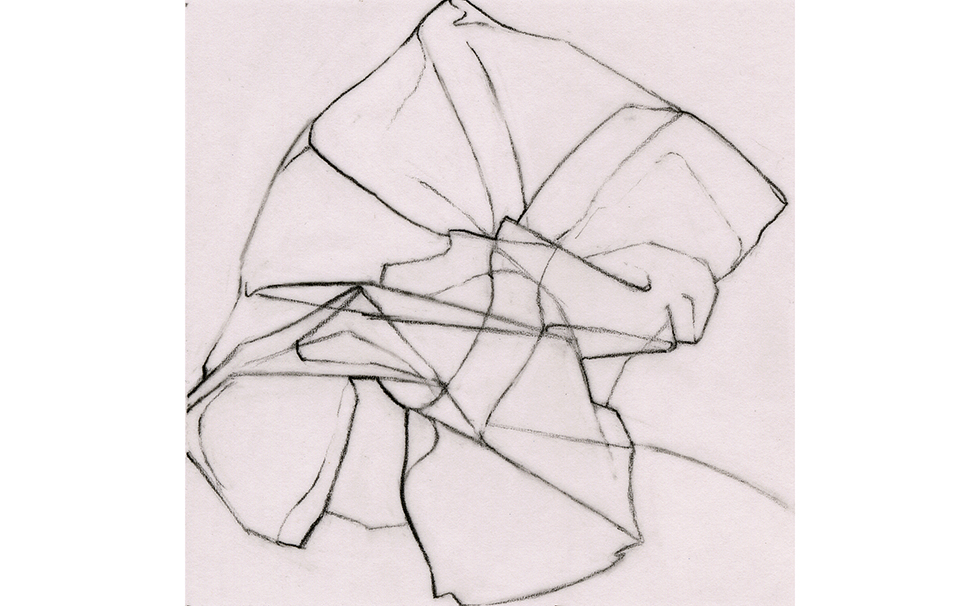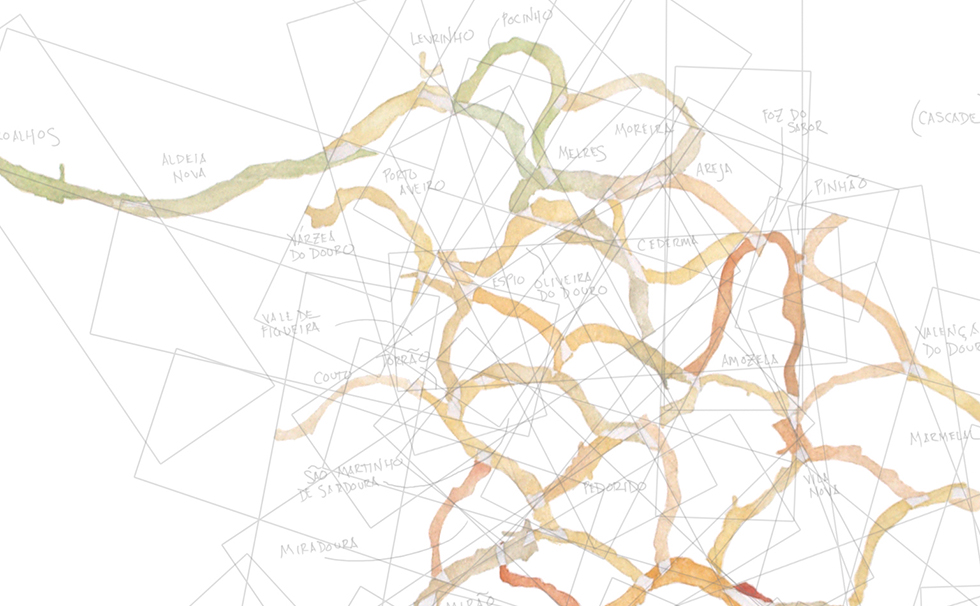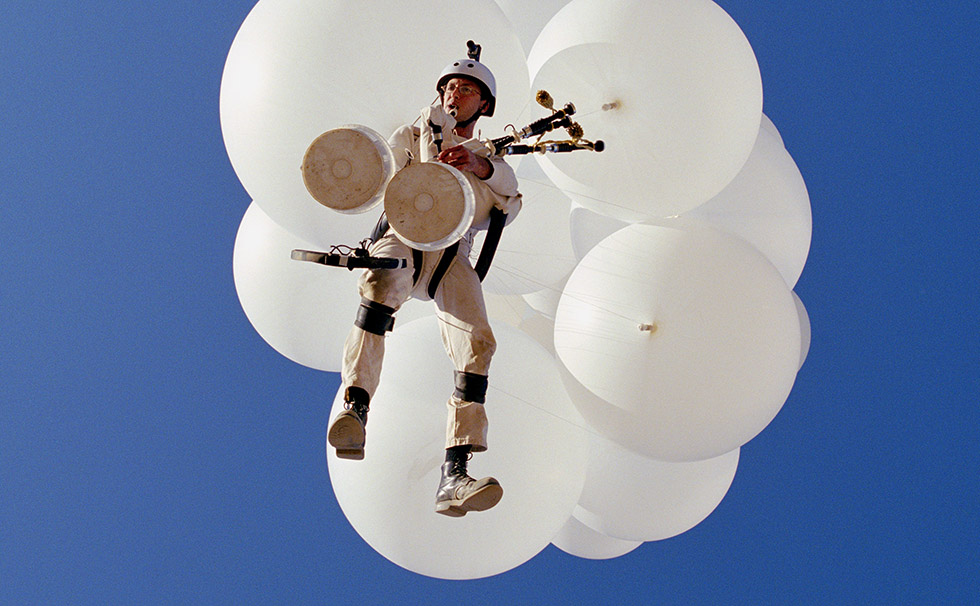Faculty [III] 13

Faculty [III] 13
JANUARY 17 – FEBRUARY 21, 2013
Faculty [III] 13 is a new permutation of the exhibitions Hanes Gallery periodically presents of work done by faculty and staff in the Wake Forest Art Department. Traditionally, these shows have been exhibitions featuring just a few works by a number of people (an increasing number, as the department has grown). Along with other changes in the gallery’s approach to programming this year, it was thought that showing fewer artists in each rotation would allow them to present a slice of their work that was broader or deeper, or to allow them more opportunity to pursue specific projects, than was previously possible. In effect, there will be three one-person shows. This is not to say that the current iteration will necessarily become the unchanging template for these exhibitions, but for 2013 it is the format for three of our instructor/artists to offer their varied work to us.
Leigh Ann Hallberg’s installation, PCC&D, or Portable Contemplative Cube & Drawings is composed of 2 large elements: an 8 x 8 foot cube-like chamber and a gridded group of 80 drawings on an adjacent wall. The work implies that, as the famous gap between art and life has narrowed, aspects of life have inflected art far more than art has influenced life. In recent years, a steady stream of all manner of objects and activities has filled galleries and exhibition spaces, arguably diminishing the imputed “sanctity” of these spaces. Galleries now often serve as high-end boutiques for artworks as luxury objects, or to exhibit pieces that function mostly as placeholders for concepts rather than objects of intrinsic interest.
Against current trends, Hallberg knowingly but un-ironically creates a specific place for the contemplation of art by constructing and situating a new sanctuary within the gallery, one that acknowledges the fraught history of the “white cube” exhibition space while positing an almost zen-like alternative within the old one’s shell; like a kernel, or a koan. The translucence and naked structure of the “cube” space is also echoed in the drawings of plastic cereal bags, reiterating Hallberg’s fascination with variably permeable membranes evinced in different scales and structures.
Greg Murr’s Water Drawings began with images the artist composed using recombined satellite photos of the Hudson River. Employing landscape to explore notions of dynamics, he parsed a satellite image of the river into twenty-six pieces and reconfigured these segments, transcribing their individual shapes in pencil onto watercolor paper. This yielded a compressed version of the Hudson and a vaguely suggestive plant form, each segment overlapping another to grow upward into the white of the page.
The project expanded to include other rivers, lakes and contours of fragile island environments where water meets land. These pictures are meant to combine landscape, cartography, diagram and botanical illustration. They could be considered landscapes for a digital age, reflecting a new perspective and ready access to multiple and varied sources of information, but primarily they are intended to distill an essence of dynamism from fluvial sources and to reveal a sort of imperceptible flux beneath and around us, whether that be our changing climate or the even less apparent geological and cosmological change before us.
Joel Tauber’s Searching For The Impossible: The Flying Project, is a 32-minute film that chronicles the artist’s desire to fly and to achieve enlightenment simultaneously. The film portrays each of Tauber’s comic failed flying attempts, but also his eventual triumph: a 1.5 hour flight 150 feet over the desert in Tauber’s musical flying machine / sculpture. The film places Tauber’s attempts within the historical narrative of similar ones, like the story about Tauber’s predecessor, Eilmer the Flying Monk, who believed that the secret of flight was tied to metaphysics.
During this project, Tauber came to the belief that he would only be able to fly and achieve some degree of spiritual awakening if he was able to construct an apparatus that linked breathing, the musical balloon of the bagpipe, and 40 giant helium balloons. As the film shows Tauber aloft in his musical flying machine, playing his bagpipes just well enough to fly, the viewer may be left wondering about the power of belief and the limitations of reason. The Flying Project typifies Tauber’s modus; beginning with an impulse, a relationship, something strongly felt, he then explores the ramifications and some of the historical resonances of his undertaking to reach an understanding, if not a conclusion.
Reception
Thursday, February 21 5-7 PM
Related Programs
Artist Talk: Leigh Ann Hallberg & Greg Murr
Thursday, January 31 5-6pm
Artist Talk: Joel Tauber
Tuesday, February 5 2-3pm
Related Links
Additional Images




![Faculty [III] 13](https://live.staticflickr.com/8183/8431031598_0f3d7932cf.jpg)